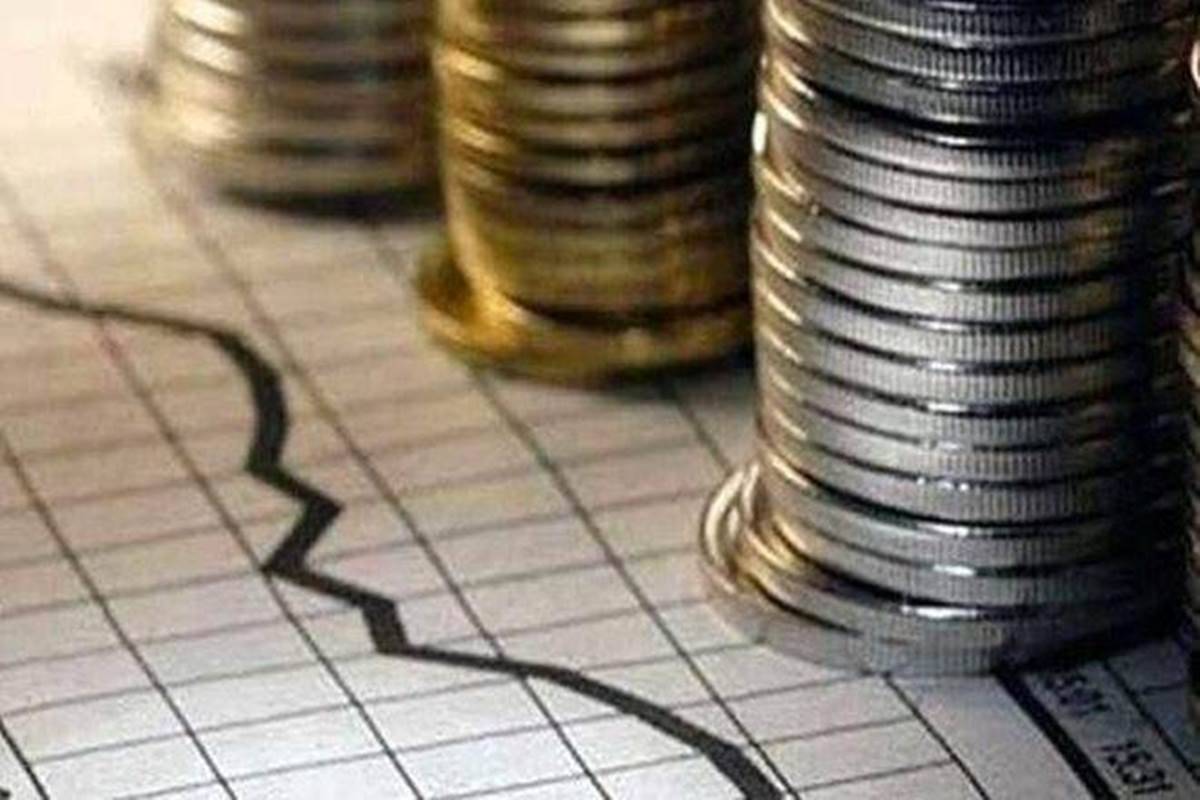Products You May Like

By Adil Zaidi
India sustained stiff lockdowns, deep GDP contractions, supply chain disruptions and still managed to chase the path for economic recuperation. Large parts of the economy have recovered to levels in the same period of the previous year. Based on production, consumption and investment parameters, India’s economy is on a revival path as select segments have seen a gradual but sustained improvement over the last two quarters. However, businesses in sectors like real estate, hospitality and travel & tourism continue to be under the impact of the pandemic. A closer look at the data on home loans, auto loans, credit card debt and other personal loans suggests cautious consumer behaviour, though improving gradually.
Related News
GDP prognosis
Real GDP growth in Q2FY21 contracted 7.5% year-on-year, suggesting a strong rebound from the lows of Q1FY21. This follows a huge fall of 23.9% year-on-year in Q2-2020 caused by the Covid-19-induced stringent lockdown effect on domestic demand, coupled with the collapse in external demand.
Government measures
The government has been working on a series of calibrated reforms, including FDI policy, PLI scheme, investment facilitation and ease of doing business. To boost industrial growth, the government has identified 13 champion sectors as part of an overall manufacturing focus, of which 70% of the incentives accrue to three broad segments (automobiles, telecom and pharmaceutical drugs). The government recently approved the PLI scheme for the food processing sector, entailing an outlay of Rs 10,900 crore. This would give it a major boost in terms of employment opportunities and in providing Indian brands with global recognition. RBI’s measures of infusing liquidity through repo operations, open market special operations, targeted long-term refinance operations, among others, have reaffirmed a recovery path.
The Rural Infrastructure Development Fund (RIDF) allocation has gone up by 33% to Rs 40,000 crore, which should drive inclusive growth in rural and farm economy. The Agriculture Infrastructure and Development Cess of Rs 2.5 and Rs 4 a litre on petrol and diesel, respectively, is expected to generate Rs 30,000 crore—although it will be offset by reduction in excise duty.
As many as 217 projects worth over Rs 1 lakh crore have been completed under the National Infrastructure Pipeline in the last financial year. A development financial institution has been brought to fill the gap in long-term finance for infrastructure with a capital of Rs 27,000 crore. The Railways will be monetising its dedicated freight corridor for operations and maintenance after commissioning. Capital expenditure allocation towards economic corridors has been increased by 26% to Rs 5.54 lakh crore. Public transport in urban areas will be boosted by a Rs 18,000 crore scheme for public buses. And there are seven projects worth Rs 2,000 crore for development of ports.
Future outlook
India needs to focus a lot more to attract higher FDI, especially in the manufacturing sector. Infrastructure support schemes for seven Bulk Drugs and Medical Devices Parks, seven Mega Textile Parks, etc, will be a big boost for domestic manufacturing.
Digitisation, greater automation, de-globalisation and push for green policies are some likely trends that could characterise the post-Covid-19 global economy. For example, in the power sector, proposed reforms to rationalise tariffs, reduce disputes and implementation of open access are required urgently. The government has allocated Rs 3.05 lakh crore towards the power sector. To add to that, considering commercial mining of coal, attracting foreign capital and private capital into infrastructure by adopting new PPP modalities with predefined implementation timelines, will also accelerate India’s recovery. Monetisation of government land, increasing foreign investment in G-Secs, increasing FDI limit to 74% in insurance, privatisation of PSBs and reducing cost of doing business are other measures to attract private capital, including foreign capital. Indirect fiscal support, IT enablement and digitisation across government business functions and smoothening labour reforms at the state level will speed up recovery.
The government should focus on revival of the economy on a mission mode basis with an action plan addressing both supply side and demand side factors, thereby taking it to double digits in 2021-22 and sustain it.
The author is partner & leader, Economic Development Advisory, EY India
Get live Stock Prices from BSE, NSE, US Market and latest NAV, portfolio of Mutual Funds, Check out latest IPO News, Best Performing IPOs, calculate your tax by Income Tax Calculator, know market’s Top Gainers, Top Losers & Best Equity Funds. Like us on Facebook and follow us on Twitter.
Financial Express is now on Telegram. Click here to join our channel and stay updated with the latest Biz news and updates.
